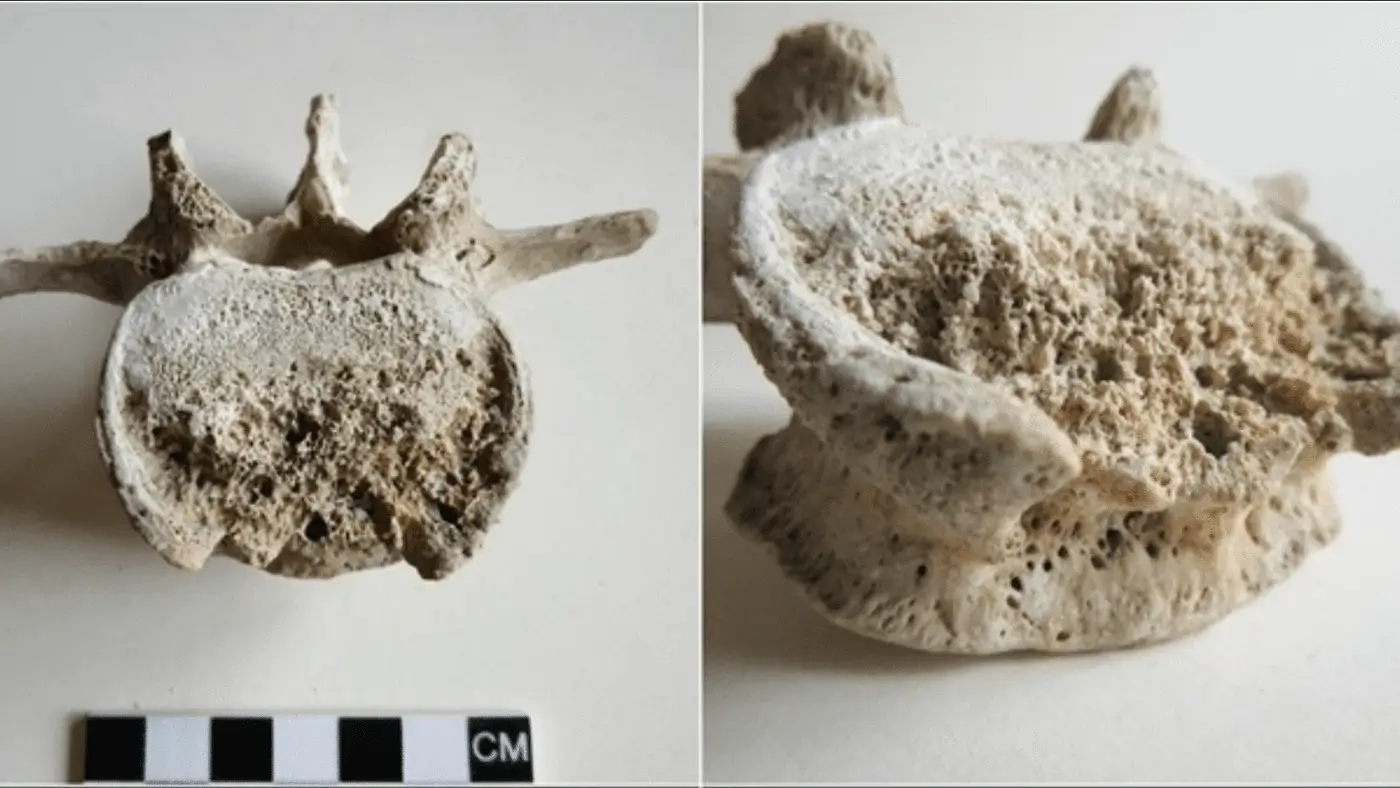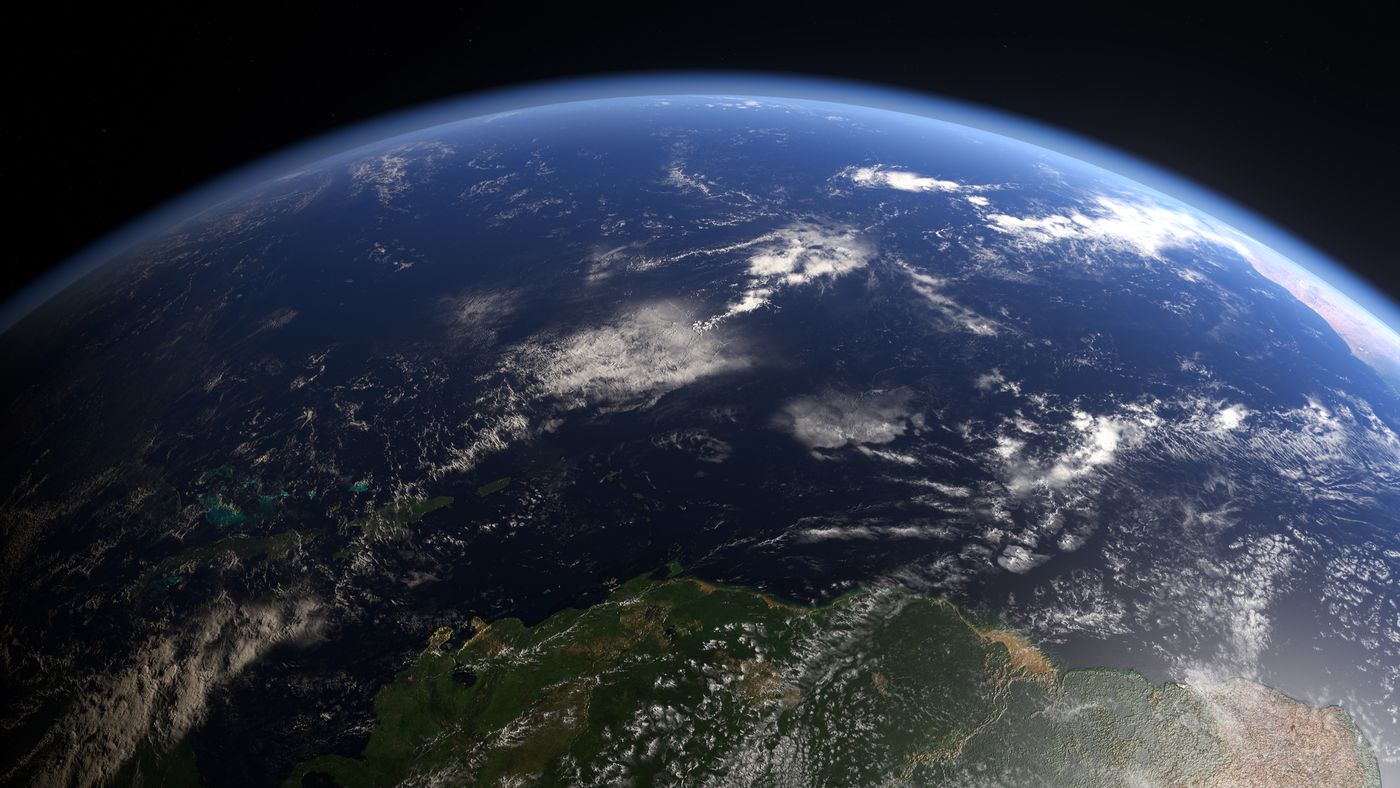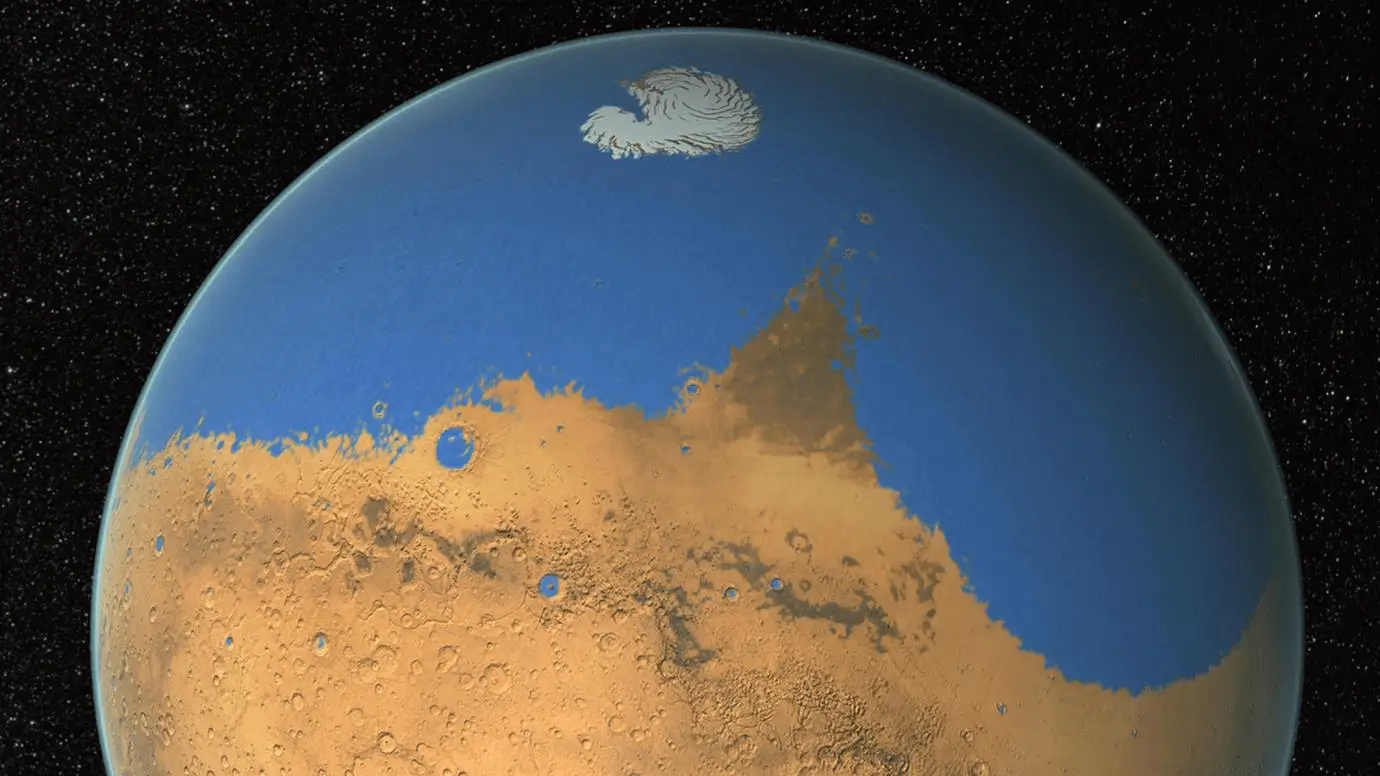Scientists discover the largest plant in the world, 180 km long
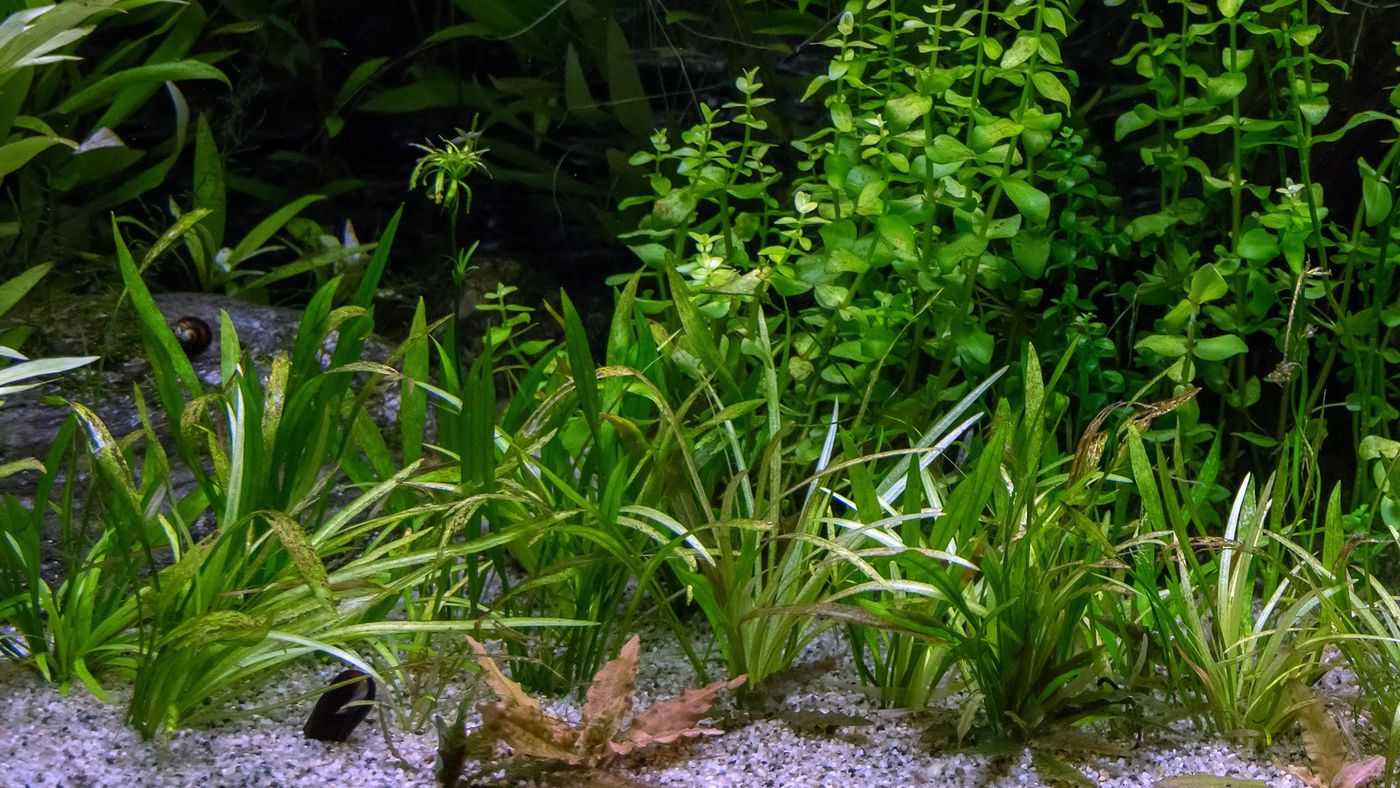
What is the biggest plant in the world? Scientists in Australia can answer that question in a new study published in The Royal Society Publishing. They found a weed of the species Posidonia australis, which can reach 180 km in length and is located under the waters of Shark Bay.
- Plants can accelerate their movement thanks to forest fires; to understand
- Can plants also become extinct?
Scientists collected samples to identify how many different plant species were part of this expanse of seagrass through DNA testing and were surprised to discover that it was all part of a single species.
In total, the researchers analyzed 18,000 genetic markers of the plant from a single seedling. Another aspect that makes the plant so unique, from the point of view of the experts involved, is that it has twice as many chromosomes as its “relatives”. What happens is that, most of the time, a seagrass seedling inherits half of the genome from each parent. This is not the case with this one, which carries the entire genome of each of them.
Researchers estimate the Posidonia australis found in Shark Bay to be about 4,500 years old, based on its size and growth rate.
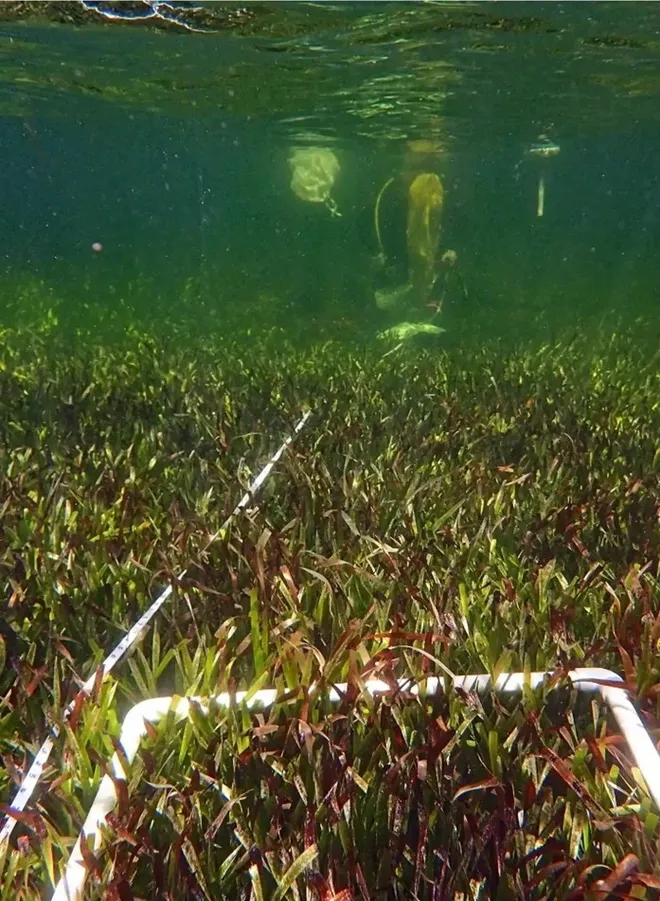
Posidonia australis, the largest plant in the world
The researchers also point out that the plant can be sterile, that is, without sexual reproduction, which makes its success an enigma: plants without sex also tend to have low genetic diversity, which should reduce their ability to survive. with changing environments.
The theory is that the species has genes that are extremely suited to its local but variable environment, which is perhaps why it does not need sexual reproduction to proliferate. Additionally, the plant is also very hardy and withstands a wide range of water temperatures and salt levels.
For now, everything is a matter of hypothesis, which is why experts need to study in depth the properties of the largest plant in the world, in future scientific articles.

